-
 Bitcoin
Bitcoin $83,301.7640
-2.11% -
 Ethereum
Ethereum $1,799.9842
-4.25% -
 Tether USDt
Tether USDt $0.9999
0.00% -
 XRP
XRP $2.0278
-4.59% -
 BNB
BNB $596.2228
-1.03% -
 USDC
USDC $1.0001
0.01% -
 Solana
Solana $116.8645
-7.35% -
 Dogecoin
Dogecoin $0.1617
-6.43% -
 Cardano
Cardano $0.6450
-5.42% -
 TRON
TRON $0.2321
-2.68% -
 Toncoin
Toncoin $3.6664
-9.62% -
 UNUS SED LEO
UNUS SED LEO $9.4145
0.16% -
 Chainlink
Chainlink $12.8328
-5.91% -
 Stellar
Stellar $0.2589
-3.37% -
 Avalanche
Avalanche $18.1600
-6.54% -
 Sui
Sui $2.2723
-8.51% -
 Shiba Inu
Shiba Inu $0.0...01214
-1.89% -
 Hedera
Hedera $0.1611
-4.12% -
 Litecoin
Litecoin $82.9489
0.17% -
 Polkadot
Polkadot $3.9725
-3.23% -
 MANTRA
MANTRA $6.2949
0.51% -
 Bitcoin Cash
Bitcoin Cash $302.6917
-1.17% -
 Bitget Token
Bitget Token $4.5396
-1.25% -
 Dai
Dai $1.0000
0.00% -
 Ethena USDe
Ethena USDe $0.9998
-0.01% -
 Pi
Pi $0.6249
-7.33% -
 Monero
Monero $213.0395
-1.33% -
 Hyperliquid
Hyperliquid $11.5526
-14.44% -
 Uniswap
Uniswap $5.9462
-2.98% -
 Aptos
Aptos $5.2007
-2.20%
How to calculate MEXC contract returns
Accurately calculating contract returns on MEXC is pivotal for maximizing profits and minimizing losses, enabling traders to make informed decisions based on fluctuations in the underlying asset's price.
Nov 11, 2024 at 10:22 pm
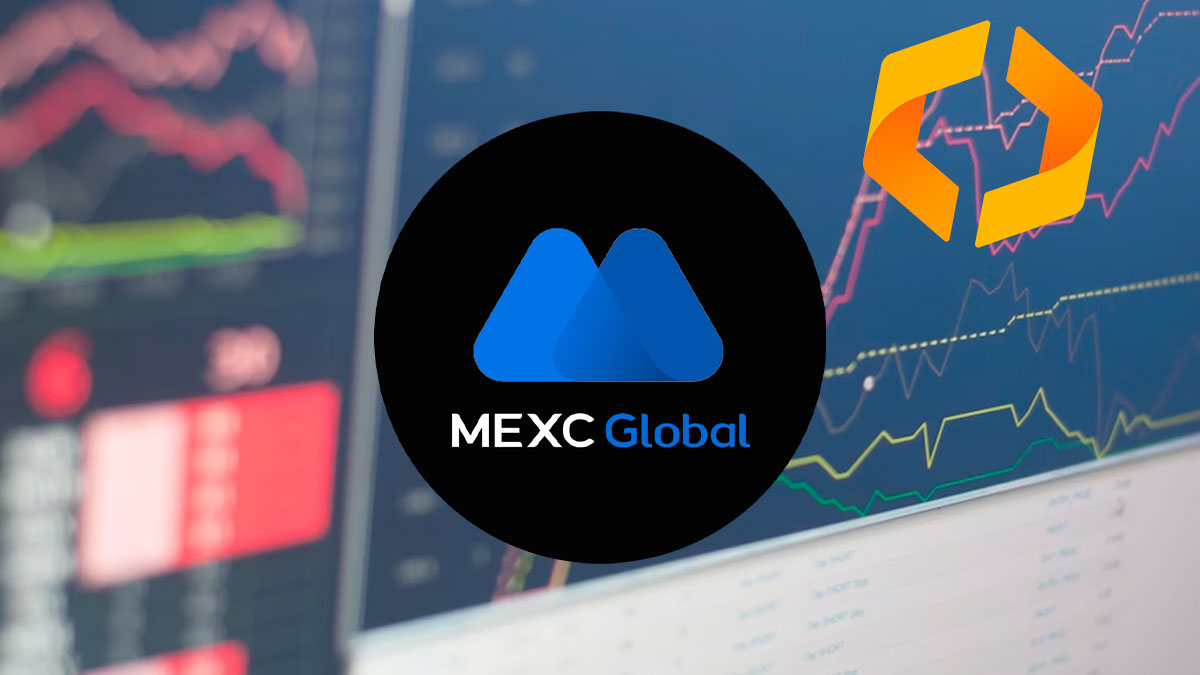
How to Calculate MEXC Contract Returns
MEXC, a leading cryptocurrency exchange, offers a wide range of contract trading options, allowing users to speculate on the future price of cryptocurrencies. Calculating the returns on these contracts can be a complex process, but understanding the methodology is crucial for effective trading. This comprehensive guide provides a step-by-step explanation of how to calculate MEXC contract returns, empowering traders with the knowledge and tools they need to maximize their trading profits.
Step 1: Determine Your Initial Position
The first step in calculating your contract returns is to determine your initial position. This includes identifying the type of contract you traded (futures or perpetual), the underlying asset, the contract size, and the entry price.
- Futures contracts have an expiration date and are settled at a specific future point in time.
- Perpetual contracts do not have an expiration date and are continuously traded, allowing for open-ended positions.
The contract size represents the number of units of the underlying asset underlying asset (e.g., BTC, ETH) that each contract represents.
The entry price is the price at which you opened your contract position. It serves as the baseline for calculating your returns.
Step 2: Calculate the Contract Value
Once you have defined your initial position, you can calculate the contract value. The contract value is simply the product of the contract size and the current market price of the underlying asset.
Contract Value = Contract Size x Current Market Price
For example, if you hold a BTC futures contract with a size of 1 BTC and the current market price of BTC is $20,000, your contract value would be $20,000.
Step 3: Track Price Fluctuations
As the market price of the underlying asset fluctuates, the value of your contract will change accordingly. Tracking these price fluctuations is essential for calculating your returns.
- If the price of the underlying asset rises, the value of your contract will increase proportionally.
- If the price of the underlying asset falls, the value of your contract will decrease proportionally.
Step 4: Determine Your Exit Price
The exit price is the price at which you close your contract position. When you close out your position, your profit or loss is realized.
Your exit price can be different from your entry price, depending on the direction and extent of the price movement.
Step 5: Calculate Your Contract Profit or Loss
With your entry and exit prices determined, you can now calculate your contract profit or loss. The profit or loss is simply the difference between the contract value at exit and the contract value at entry.
Contract Profit or Loss = Contract Value at Exit - Contract Value at Entry
A positive value indicates a profit, while a negative value indicates a loss.
Step 6: Account for Trading Fees
Trading contract involves fees, such as trading commissions and funding fees. These fees need to be factored in to determine your net profit or loss.
- Trading commissions are charged by MEXC for executing your trades.
- Funding fees are paid or received by traders based on the funding rate of a contract.
Step 7: Calculate Your Return on Investment (ROI)
The return on investment (ROI) is a key metric used to measure the profitability of your contract trade. It represents the percentage gain or loss you have made on your initial investment.
ROI = (Contract Profit or Loss / Initial Investment) x 100%
A positive ROI indicates a profitable trade, while a negative ROI indicates a loss-making trade.
Step 8: Analyze and Adjust Your Trading Strategy
After calculating your returns, it is important to analyze the factors that influenced your performance. This includes identifying the market conditions, your trading decisions, and any areas for improvement.
By understanding the steps involved in calculating MEXC contract returns, traders can effectively manage their positions, maximize profits, and minimize losses. This comprehensive guide provides a solid foundation for profitable contract trading on the MEXC platform.
Disclaimer:info@kdj.com
The information provided is not trading advice. kdj.com does not assume any responsibility for any investments made based on the information provided in this article. Cryptocurrencies are highly volatile and it is highly recommended that you invest with caution after thorough research!
If you believe that the content used on this website infringes your copyright, please contact us immediately (info@kdj.com) and we will delete it promptly.
- Sentient Launches Open-Source Deep Search (ODS), a New Era for Artificial Intelligence
- 2025-04-03 18:45:13
- Qubetics ($TICS), ImmutableX, and Filecoin Are Top 3 Cryptos to Buy in 2025
- 2025-04-03 18:45:13
- Bitcoin Market Momentum Stalled After US President Donald Trump Announced New Tariffs
- 2025-04-03 18:40:12
- Game Development Firm Enish Buys the Dip, Investing ¥100M in Bitcoin
- 2025-04-03 18:40:12
- The Memecoin Market Continues to Draw In Capital from Both Retail and Institutional Investors
- 2025-04-03 18:35:13
- The Erstwhile-Popular Memecoin, $PWEASE, Finds Its Market Cap and Holder Base Sinking
- 2025-04-03 18:35:13
Related knowledge
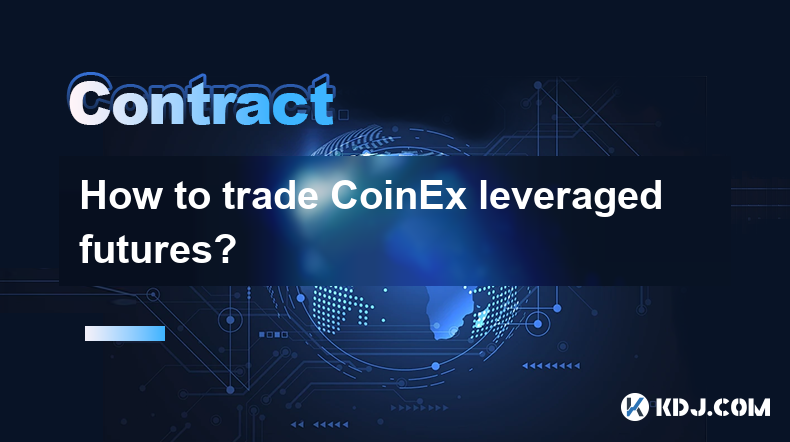
How to trade CoinEx leveraged futures?
Apr 03,2025 at 03:56am
Trading leveraged futures on CoinEx can be an exciting way to potentially amplify your profits in the cryptocurrency market. Leveraged futures allow traders to borrow funds to increase their trading position, which can lead to higher returns, but also comes with increased risk. In this article, we will guide you through the process of trading CoinEx lev...
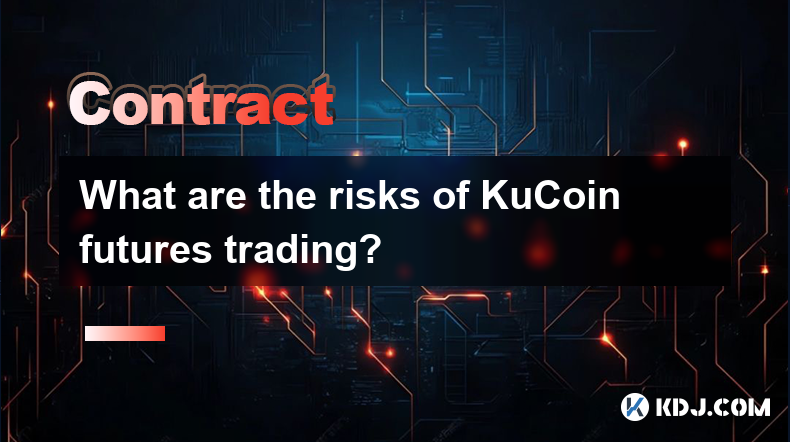
What are the risks of KuCoin futures trading?
Apr 03,2025 at 01:14am
KuCoin futures trading offers traders the opportunity to speculate on the future price of cryptocurrencies, but it comes with its own set of risks that traders need to be aware of. Understanding these risks is crucial for anyone looking to engage in futures trading on the KuCoin platform. This article will delve into the various risks associated with Ku...
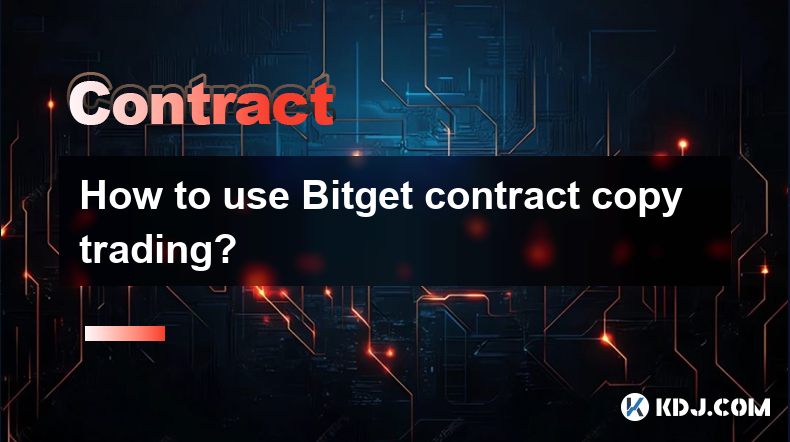
How to use Bitget contract copy trading?
Apr 03,2025 at 08:28am
Bitget's contract copy trading feature allows users to automatically replicate the trades of experienced traders, known as 'lead traders.' This can be a valuable tool for those looking to benefit from the expertise of others without having to spend time analyzing the market themselves. To start using this feature, you first need to understand how to sel...
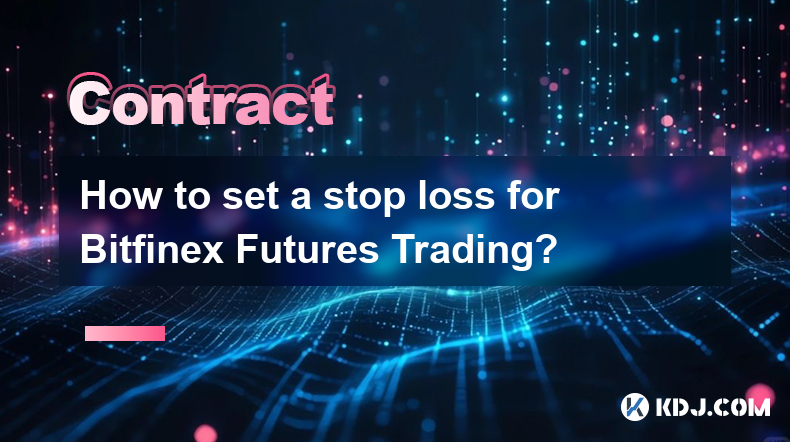
How to set a stop loss for Bitfinex Futures Trading?
Apr 03,2025 at 12:35pm
Setting a stop loss for Bitfinex Futures Trading is an essential risk management strategy that can help traders limit potential losses. A stop loss order is an instruction to sell a futures contract when it reaches a certain price, helping you to manage your exposure in volatile markets. To set a stop loss on Bitfinex, you need to navigate through the p...
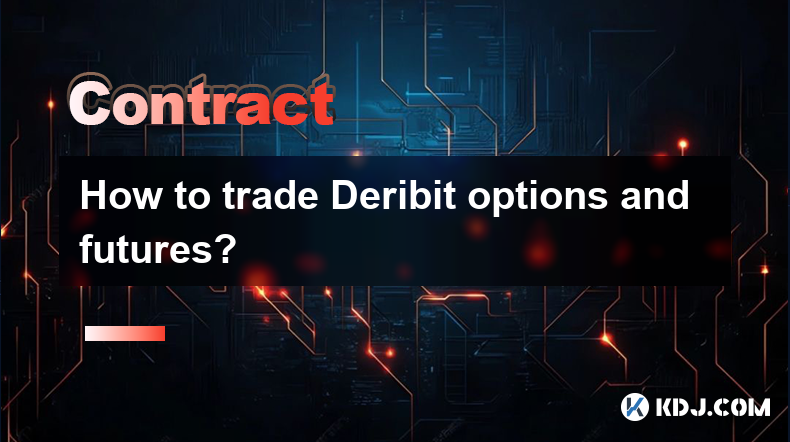
How to trade Deribit options and futures?
Apr 03,2025 at 02:00pm
Trading Deribit options and futures can be an exciting venture for those interested in the cryptocurrency market. Deribit, a leading platform for crypto derivatives, offers a variety of trading instruments including options and futures on Bitcoin and Ethereum. To successfully trade on Deribit, it's essential to understand the basics of these financial i...
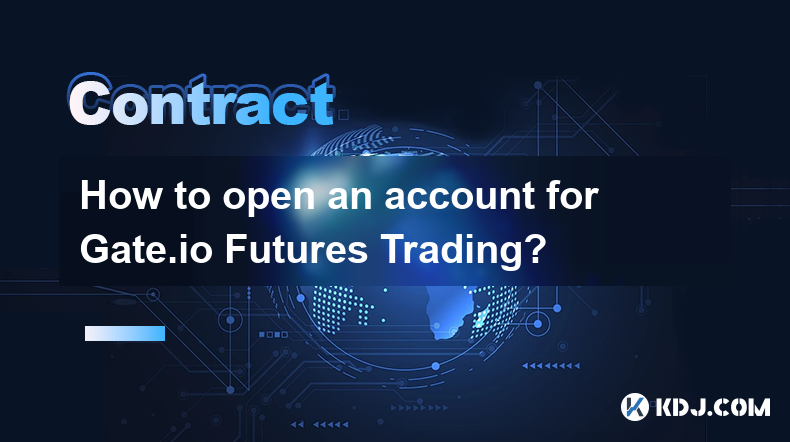
How to open an account for Gate.io Futures Trading?
Apr 03,2025 at 09:01am
Opening an account for Gate.io Futures Trading is a straightforward process that allows you to dive into the exciting world of cryptocurrency futures. To get started, you'll need to follow a few simple steps to ensure your account is set up correctly and securely. This guide will walk you through the process, from registering on the Gate.io platform to ...

How to trade CoinEx leveraged futures?
Apr 03,2025 at 03:56am
Trading leveraged futures on CoinEx can be an exciting way to potentially amplify your profits in the cryptocurrency market. Leveraged futures allow traders to borrow funds to increase their trading position, which can lead to higher returns, but also comes with increased risk. In this article, we will guide you through the process of trading CoinEx lev...

What are the risks of KuCoin futures trading?
Apr 03,2025 at 01:14am
KuCoin futures trading offers traders the opportunity to speculate on the future price of cryptocurrencies, but it comes with its own set of risks that traders need to be aware of. Understanding these risks is crucial for anyone looking to engage in futures trading on the KuCoin platform. This article will delve into the various risks associated with Ku...

How to use Bitget contract copy trading?
Apr 03,2025 at 08:28am
Bitget's contract copy trading feature allows users to automatically replicate the trades of experienced traders, known as 'lead traders.' This can be a valuable tool for those looking to benefit from the expertise of others without having to spend time analyzing the market themselves. To start using this feature, you first need to understand how to sel...

How to set a stop loss for Bitfinex Futures Trading?
Apr 03,2025 at 12:35pm
Setting a stop loss for Bitfinex Futures Trading is an essential risk management strategy that can help traders limit potential losses. A stop loss order is an instruction to sell a futures contract when it reaches a certain price, helping you to manage your exposure in volatile markets. To set a stop loss on Bitfinex, you need to navigate through the p...

How to trade Deribit options and futures?
Apr 03,2025 at 02:00pm
Trading Deribit options and futures can be an exciting venture for those interested in the cryptocurrency market. Deribit, a leading platform for crypto derivatives, offers a variety of trading instruments including options and futures on Bitcoin and Ethereum. To successfully trade on Deribit, it's essential to understand the basics of these financial i...

How to open an account for Gate.io Futures Trading?
Apr 03,2025 at 09:01am
Opening an account for Gate.io Futures Trading is a straightforward process that allows you to dive into the exciting world of cryptocurrency futures. To get started, you'll need to follow a few simple steps to ensure your account is set up correctly and securely. This guide will walk you through the process, from registering on the Gate.io platform to ...
See all articles























































































